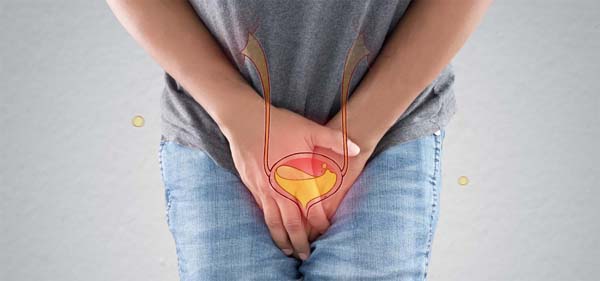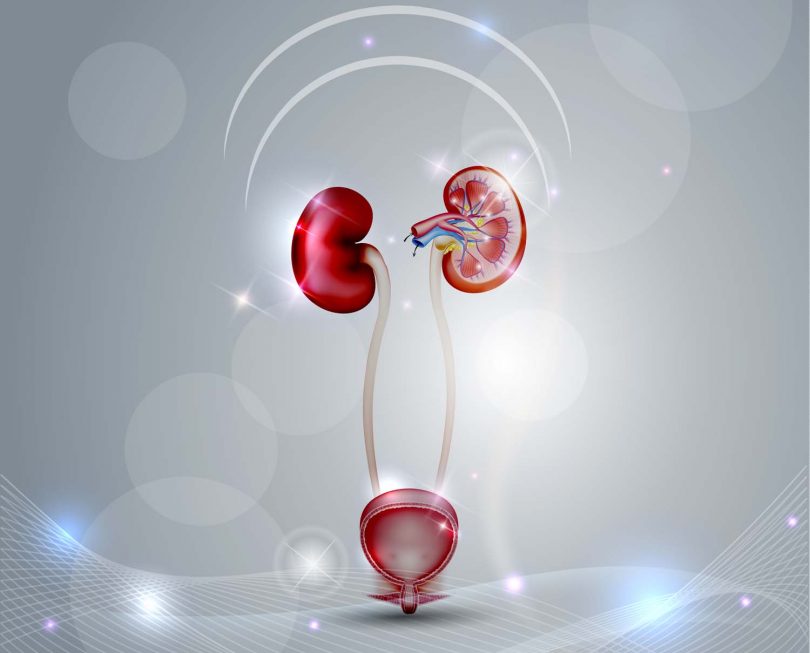As a woman you’ve most likely heard of cystitis but more than likely not heard of Interstitial cystitis.
So, what is Interstitial Cystitis exactly?
In this article I’m going to talk about some of the physical symptoms you can experience when suffering with this condition.
I would describe Interstitial Cystitis (IC) as a chronic, inflammatory condition. There can be many symptoms but some of the main ones are:
- Urinary frequency
- Urinary urgency
- Bladder irritation
- Painful bladder
- Burning inside of the bladder
- Being constantly aware of the bladder
- Awareness of the bladder filling up
- Not emptying the bladder properly
- Burning on urination
Interstitial means “around the cells” and cystitis is a condition of the bladder.
So, we have inflammation around the cells within the bladder, this basically means that there are acids in the bladder tissues and in and around the cells of the bladder walls. We all know that acids burn and hence therefore there is pain, heat and burning in the bladder area.
The urinary system is most likely working below par. It’s designed to urinate out acidic waste and toxins. When this system isn’t working as well as it could, acids begin to collect and build within the tissues and around the cells. If no changes are made, the acids just keep on building and the urinary system does its absolute best to keep filtering out any waste.
There can be a plethora of urinary symptoms, take urinary frequency for instance. Depending on the severity of your condition, you can go to the bathroom literally anything from 10- 30+ times per hour depending on how bad your symptoms are. As nighttime comes, you go to the toilet before bed, get into bed and you feel your bladder tell you to go again and again! Sometimes this can carry on through the night, waking you from your sleep and leaving you exhausted.
Then there’s the bladder irritation, you are constantly aware of your bladder, it never seems to shut off.
Pelvic pain, pain during sex, worsening of symptoms after sex, depression because of the situation, all can be common traits of this condition.
Urgency symptoms, this is when you need to go to the toilet, you need to go, there is no delaying it. Often at times when you get to the toilet, there is nothing to come out! However, even just a drop of urine that comes out, seems to provide a moment of relief!
In severe cases, you will see your bladder lining in the toilet. Even burning inside of the bladder like it’s on fire. When this goes on for a long time, the bladder wall can become stiff and scarred from the acidic waste building up in the cells and tissues.

Interstitial Cystitis can feel just like a urinary tract infection, as many of the symptoms described above can be just that. Urine samples are sent to the lab and they always come back negative, no infection can be found. This is incredibly frustrating for anyone suffering with symptoms!
Now the important thing to realise is that our body is always on our side. Our bladder sends signals out to warn us that things aren’t right, and we need to make a change. We obviously know a change is required to stop the pain but what changes are needed?
How do we start to heal our bladder condition?
The very first step is to change the chemistry of our physical body and we do that through our diet.
A good overall aim for helping the body to heal would be a whole food, plant-based diet. Foods such as fruits, vegetables and salads will start to help the body come back into balance.
The herb slippery elm can be a great addition to the diet. It coats the lining of the stomach and the intestines, relieving acidity, irritability, and inflammation. This then has a positive influence on the bladder. It’s best to mix a teaspoon with some water and leave to stand for 5 minutes before drinking.
Another herb that can greatly benefit the bladder lining and cystitis is marshmallow root. This herb can be brewed in a tea. It soothes and protects irritated tissues and contains high levels of antioxidants. You can aim for 1-2 cups per day.
When suffering the above symptoms and in desperate need of relief a teaspoon of bicarbonate of soda (aluminium free) in some water can provide relief. This should be used only when necessary.
A hot water bottle can also be used over the lower abdomen to help muscles relax and relieve any tension, muscle tightness or pain.
For substantial change to any condition, we need to look at the root cause and not only at the symptoms. Small diet changes add up over time and improvements can be seen. With regards to IC an improvement might look like a reduction in urinary frequency or pain for instance.
Chronic conditions don’t just happen overnight, it takes time for them to appear. It will take some time to reverse certain symptoms but there is definitely hope for improvement of symptoms when it comes to Interstitial Cystitis!




